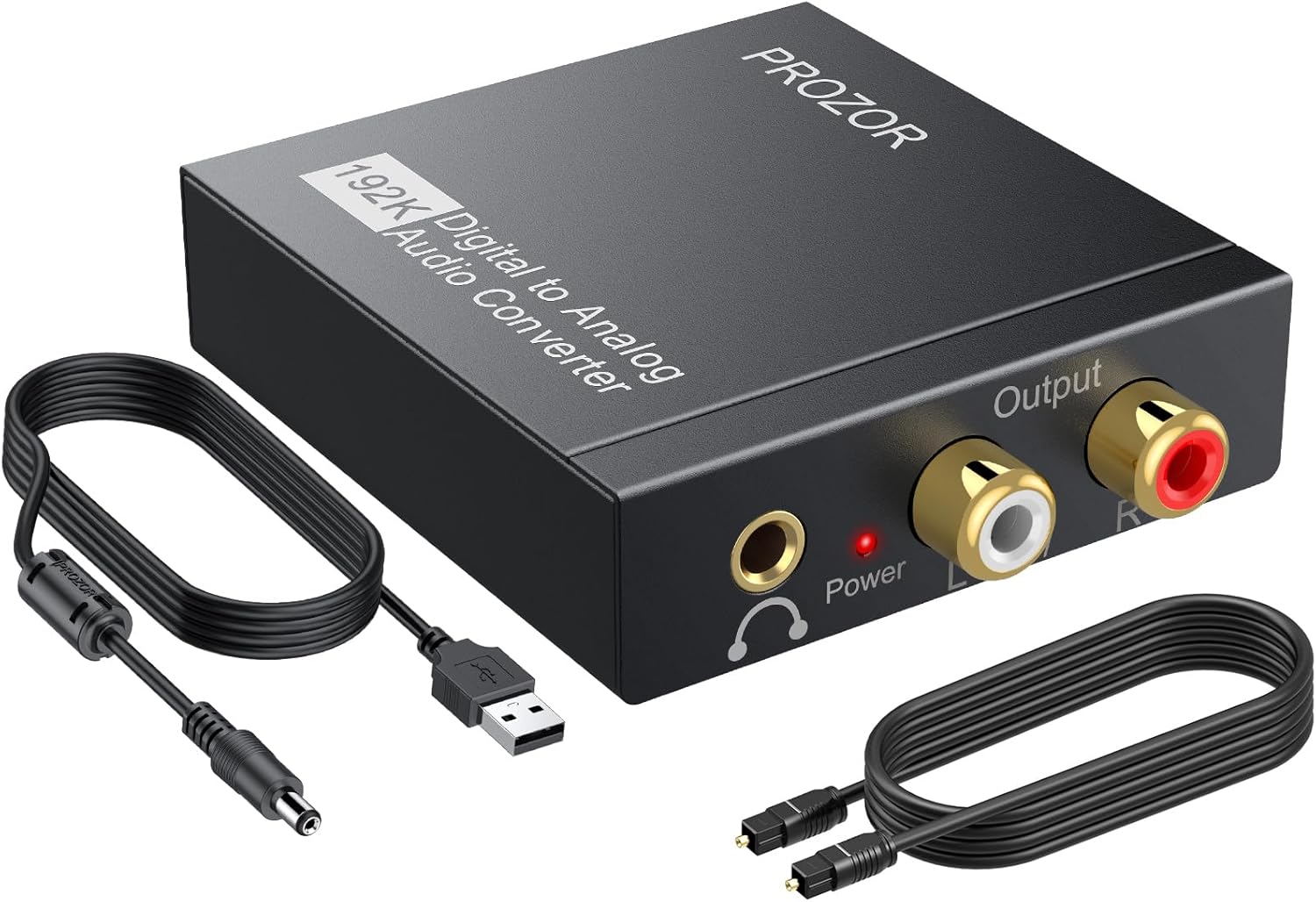I'm also in the value for money group since the law of diminishing returns comes up quickly in this hobby, and you can pay a fortune to obtain the last few increments of performance out of your system.
That is an ancient audiophile myth/lie from half a century ago but as long as it still has marketing value and as long as audiophiles can still be suckered into believing it, it will persist. The law of diminishing returns ceased to be applicable to certain audio components in the 1970’s, initially with amps, then audiophile cables and now pretty much all analogue and digital components. There was not necessarily any correlation between rising price and smaller incremental improvements in quality and performance. IE. A higher priced, more premium product could (and often does) have poorer performance than a far cheaper product. This quote is from The Audio Critic: “
Today, a $1,500 amp is more likely to be an overpriced piece of junk than a $300 receiver … Price is no longer a meaningful indication of quality; it has become a marketing gimmick.” - January 1977. We’ve had another example in this thread just a few posts ago. A roughly $2,000 DAC (Schiit Yggdrasil) with significantly poorer performance in terms of SINAD than a $9 DAC (Apple Dongle). 86dB SINAD is not a “diminishing return” compared to 99dB SINAD, it’s a clearly objective negative return!
As for those who pay astrobucks for their audio systems, chasing the Holy Grail of this hobby, IMHO if you have the money to do so, good for you!
That’s the issue. The “Holy Grail” according to the definition of an “audiophile” is high-fidelity but what we actually see is products with a higher price but lower fidelity being regarded as closer to the “Holy Grail”, as in the example above. I would hazard a guess that most audiophiles would consider a Yggdrasil closer to the Holy Grail than a $9 Apple Dongle.
A lot of R2R are now favored by hobbyists with NOS (non over sampling) input settings. If that's how they sound best, they got the upsampling wrong, LOL.
DACs do not output any sound, they output an analogue signal and NOS DACs do not output the best analogue signal, they output pretty much the worst analogue signals, which demonstrates they got even the cheapest oversampling right.
I particularly like the current ESS pro chips as the have a solidity about them when correctly implemented. I've heard them sound meh or even crappy in some costly kit that measured well but you could say that about any chipset.
Can you prove you heard them “sound meh” or did you just make that up based on sighted/biased listening? The audible differences between DAC chips is another old audiophile myth/lie, it became impossible to distinguish between DAC chips (under controlled DBT conditions) in the early 1990’s.
That one used an TDA1541 and Naim were the first people to address transport and other forms of induced jitter.
No, Naim were the first audiophile company (I’m aware of) to falsely claim they were “
the first people to address transport and other forms of jitter”. The first use of digital audio was in the early/mid 1950’s by AT&T in telephone trunk lines and if they hadn’t addressed “transport and other forms of jitter” then it would never have worked, especially considering they were dealing with hundreds/thousands of miles rather than just a few feet! In the late 1970’s work began by the AES (and EBU) to standardise a digital audio transport protocol, including jitter specifications, that was finalised and published in 1985. Naim were famous digital audio luddites, they actively campaigned against CD (in favour of vinyl), so it was very surprising when they did a complete U-turn and released a CD player in 1990 but what wasn’t surprising was that they would then lie about it! They first addressed “transport jitter and other forms of jitter” nearly 40 years after others had addressed it and 5 years after an international protocol had not only addressed it but been agreed and published!
Naim and other audiophile companies get away with this BS because audiophiles seem allergic to any form of reliable fact checking, they just swallow whatever they’re told by marketing and incentivised reviewers.
G






